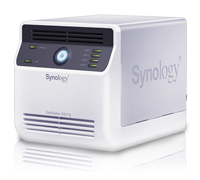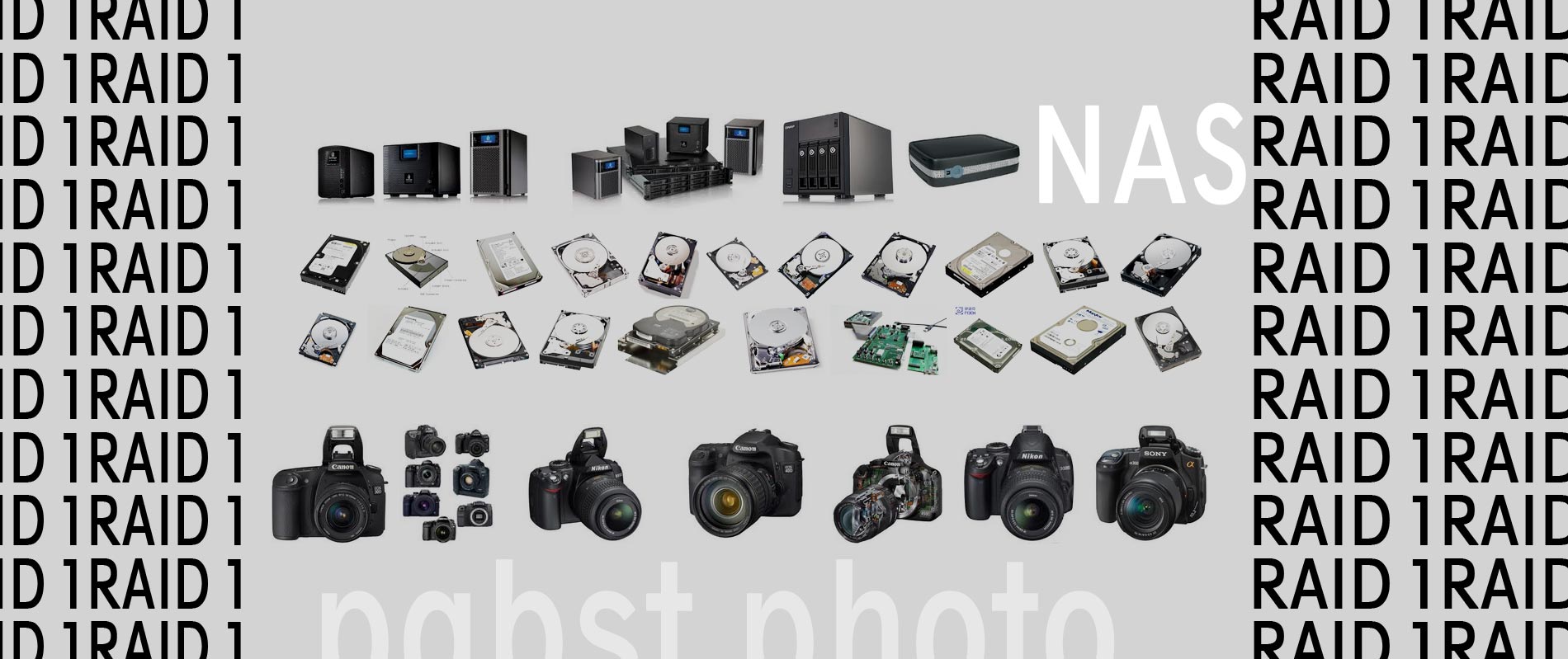Digital Images Backup Strategy | Lightroom, the Cloud, NAS, and more
Backing up and keeping our data secure is something we take very seriously at Pabst Photo. Weddings are big business and they only happen once. Forget about lawsuits and all the terrible things that could happen if you lost a wedding for a second and just imagine the poor bride losing those moments she paid you big bucks to capture. Sure, you should have a backup plan to protect your own rear-end, but you should more than that, you should have a good backup strategy because you care about your clients. If you want to call yourself a professional – this is the big leagues. And for the brides and grooms out there, this might just be part of the reason there is a $2000 dollar difference between one photographer and another. Something to think about.
Now that the ranting is done; what do we do to backup our images? Chronologically.
Day of Wedding Photography Backup Strategies
- If you can afford to use a camera like the 5D Mark III or the D600-D800 – then you should be using the dual card slots – not for more space, but for more backup. If you are simply using two slots to double the number of pictures you can take – shame one you.
- If you have a camera like the 6D or older venerable 5D Mark II — or any camera with only one card slot so this post isn’t too dated, then you should be using 4gb Cards. If you are using 32gb cards or 64gb cards – shame on you again. It’s simple math really, it’s all about risk management. If you shoot the whole day on one 64gb card and it breaks (becomes corrupted or stolen) then you’ve lost everything. Disaster. Some may make the argument that changing 3-6 cards through the day is more risky – I disagree because we also use step 3.
- Keep cards in belt case – so they are on you at all times. The case is firmly attached to your belt. You cannot lose it. Never, and I mean never, put the used cards in your gear case. Imagine if you did that, left it in the corner during the reception and it was stolen. If your gear gets stolen, you can use your insurance to replace it. If your images (card) get stolen there is nothing you can do about it.
Post Production Wedding Pictures Backup Plan
Above I outlined some things you can do to protect the images you shoot throughout the day. The things you can do at home/studio are not so simple and vary wildly with budget. So, I will share some good practices as well as what we do at Pabst Photo.
- The first thing we do, generally speaking, when importing images to the computer is ‘copy’ never ‘move’. If you do back to back weddings, on a Friday and a Saturday for example, you should have enough cards to shoot both weddings. DO NOT try to shoot the first wedding, then erase the cards so quickly. It’s a recipe for disaster.
- When you have imported the images on the card, always properly ‘eject’ the drive. Sure, when I am messing around at work or using a USB drive to copy a video clip or move some files that are not important, I am guilty of not ‘ejecting’. But when it comes to someones precious once-in-a-lifetime images. Just take the extra 10 seconds and hit eject.
- Where do you copy your images?
 We copy our images to a NAS drive. We use Synology, but there are many brands. We use a two drive failure. If you don’t know what a NAS is, I’m not going to elaborate too much, but the premise is simple. Our NAS (network attached device) is about the size of a toaster. Inside are four 3tb Hard Drives. On paper, that would be 12tb of space. Instead, our NAS is setup to only offer 6tb of space. As such, two of the HDD or mirroring the other two. This means that if any HDD fails, I can replace it and nothing is lost. In fact, in a two drive failure RAID (0,1,2,5) ect… we can have two HDD go bad on the same day and still lose nothing.
We copy our images to a NAS drive. We use Synology, but there are many brands. We use a two drive failure. If you don’t know what a NAS is, I’m not going to elaborate too much, but the premise is simple. Our NAS (network attached device) is about the size of a toaster. Inside are four 3tb Hard Drives. On paper, that would be 12tb of space. Instead, our NAS is setup to only offer 6tb of space. As such, two of the HDD or mirroring the other two. This means that if any HDD fails, I can replace it and nothing is lost. In fact, in a two drive failure RAID (0,1,2,5) ect… we can have two HDD go bad on the same day and still lose nothing.
- With all that said, a NAS can fail. A RAID controller can go bad, or errors, or really bad sectors, and bad rebuilds – so losing data on a RAID NAS is possible – though obviously less likely than losing data stored on a single HDD. The NAS could also get torched in natural disaster, fire or flood.
- The next thing we do, is backup our NAS. Not everything on the NAS gets backed up. Just the current year. We back up the most recent 12 months onto a 2tb HDD. We have two of them. One is in a fire/water proof safe and one is hooked up to our router. Every couple weeks we swap the one in the safe with the one on the router.
Everything we have talked about thus far is local. None of it helps me if my apartment goes up in flames. So we look at off-site data storage, or ‘the cloud’. We could store a HDD in another location ourselves. This would be a lot like the cloud. But, that means we would have to take a HDD, every week to ‘moms’ house or something. It’s not very practical. So, we turn to cloud storage services for the 4th tier of our backup strategy.
Cloud Storage for Wedding Photographers
The cloud is relatively new. At least in terms of BIG STORAGE. We’ve all been using Dropbox or Skydrive for years, but now we are talking about cloud services that let us store not megabytes of data, or even gigabytes of data, but terabytes of data. There are a lot of options out there and a simple google query will allow you to shop around. We use BITCASA.  It allows us to back everything we want – no limit. Sure, it takes time and is not an alternative to the NAS or external local HDD. It is an addition to, or long term storage solution. We don’t want to backup every wedding we have ever shot locally, and we don’t. After a year or two we want to get those old weddings off our local drives, so we move the JPEGs only to the cloud. This is an additional service we offer our clients – then they can have peace of mind that if their USB drive gets corrupt or they didn’t back up their images, then they can rest assured we will have them stored. To date, we have never had a client need their images/videos rescued. But it could happen. Peoples homes burn down – it’s a sad but very real part of life. I hope we never have to retrieve data for any client.
It allows us to back everything we want – no limit. Sure, it takes time and is not an alternative to the NAS or external local HDD. It is an addition to, or long term storage solution. We don’t want to backup every wedding we have ever shot locally, and we don’t. After a year or two we want to get those old weddings off our local drives, so we move the JPEGs only to the cloud. This is an additional service we offer our clients – then they can have peace of mind that if their USB drive gets corrupt or they didn’t back up their images, then they can rest assured we will have them stored. To date, we have never had a client need their images/videos rescued. But it could happen. Peoples homes burn down – it’s a sad but very real part of life. I hope we never have to retrieve data for any client.
Have more/other ideas – let us know in the comment section below. Cheers.

Very useful, thanks.
Just one question. Do you do your editing on the files stored on the NAS or do you have a copy on an internal hardrive. I am looking at NAS storage but wondering if it will be too slow to edit from.
Thanks
I store and edit straight from NAS. I shoot 20mp photos and they edit quite quickly. Could it be faster, yeah, maybe, I’m not sure how much faster. There are a lot of things you can tweak in LR – like the preview builds ect.. that can help speed editing. It works for us. I also do a lot of batch edit – where I can edit 3-5 photos at once. I will say that proofing can feel a little slow, but again, you can solve that issue with the previews you build. Also, your preview thumbs can live on the C: drive or local SSD.